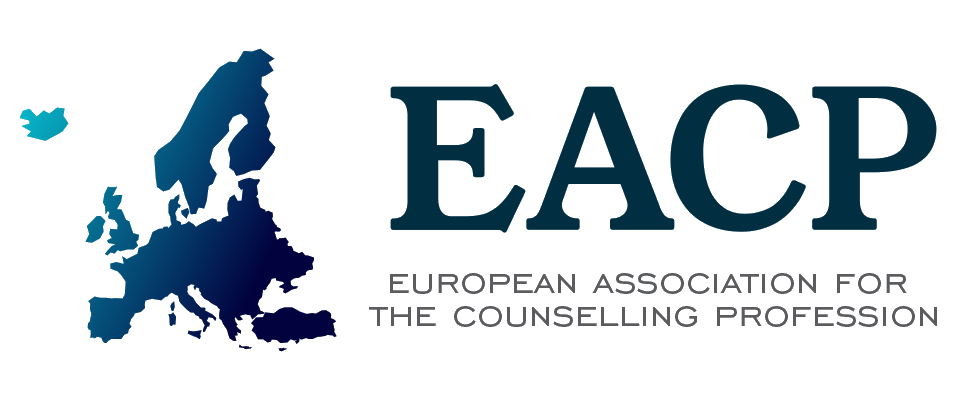Training standards accreditation and ethical charter
Training standards
5.1 Definition of terms
5.1.1 Course of work
This refers to comprehensive training in counselling, which includes the curriculum that enables the counsellor-in-training to develop the core competencies as described in the section entitled Training Programme. Ideally, this will normally be an integrated training within an established training programme, which employs an external examiner, has an appeals procedure and is recognised by the National Counselling Association. This training may include any primary academic degree already obtained. This will be relevant for some countries where legal regulations are being introduced.
5.1.2 Personal development
The following are general guidelines for each training programme to be implemented according to its specific theoretical approach. The purpose of this component is to facilitate:
- Awareness of personal problems at work and how these can influence the counselling process;
- Continuous development in:
2.1 The Self. Intellectual understanding and knowledge
2.2 Emotional maturity
2.3 Acceptance of self and others;
- Experience of being in the client’s role, wherever possible within a formal professional counselling relationship;
- Development of a global perspective of the self in relation to the world.
5.1.3 Supervised counselling practice
This means formal, contracted supervision of counselling practice as defined below. EACP recognises that in some countries practitioners will find it difficult at this time to have supervision from an accredited or professional counsellor. In such cases, it is required that supervision be obtained from a qualified professional in a related field with an understanding of counselling as defined by EACP.
- 2 Training requirements
5.2.1 450 hours of course work including personal development, theory and skills;
5.2.2 A minimum of 50 hours of personal therapy consistent with the
Practice;
5.2.3 100 hours of supervised mentoring practice during training.
5.2.4 An extra 450 hours under supervision after qualification while working for
Professional accreditation.
The above hours will normally be completed in a minimum of 3 and a maximum of 6 years.
Personal commitment
From the beginning of training and post-qualification trainers:
5.2.5 Sign their agreement to uphold relevant codes of ethics and practice;
5.2.6 Maintain professional liability insurance;
5.2.7 Have ongoing counselling supervision, or peer supervision as needed;
5.2.8 Ensure continuous personal and professional development.
- Counselling training: Recommended programme
Each programme will have its own methodology according to its philosophical and theoretical basis. The following are recommended guidelines for establishing a counsellor training programme.
6.1. Duration of training
This programme will be carried out over a minimum period of 3 years and a maximum of 6 years, class contact of at least 450 hours.
6.2 Core Theory: to include
6.2.1 Clear understanding of a basic theoretical model of counselling
6.2.2 Personality theories
6.2.3 Theories of change or customer movement
6.2.4 Human development models
6.2.5 Understanding psychological dysfunction
6.2.6 Understanding ethics and professional practice
6.2.7 The history of counselling and a review of at least two other counselling approaches
6.2.8 Study of cultural differences and awareness processes
6.3 Counselling process
The programme will enable the learner to:
6.3.1 Establish an advisory relationship;
6.3.2 Work within a clear theoretical framework;
6.3.3 Increase awareness of interpersonal dynamics;
6.3.4 To develop their ability to understand and work with verbal and non-verbal words.
Non-verbal communication;
6.3.5 Facilitate the client’s understanding and self-awareness of the problem presented;
6.3.6 Explore their continuing professional development through review and evaluation;
6.3.7 Know and address personal and professional limitations and problems.
6.4 Counselling practice
Training programmes should ensure that trainee counsellors carry out their supervised practice in an appropriate environment. This will normally be in a formalised and contracted counselling arrangement. Training programmes should ensure that counselling supervision providers are experienced, accredited practitioners in the field and comply with NA guidelines in their own country.
In addition to these arrangements, clear contracts need to be established with respect to:
6.4.1 monitoring arrangements;
6.4.2 Ethics and professional practice;
6.4.3 administrative arrangements;
6.4.4 Any financial arrangements;
6.4.5 Liaison and referral to other professionals and services.
6.5 Personal development
The purpose of this component is:
6.5.1 Facilitate awareness of personal issues as they arise in the workplace and how these may influence the counselling process;
6.5.2 Facilitate continued growth in Me. Intellectual understanding and knowledge,
- emotional maturity and
III. acceptance of oneself and others;
6.5.3 Experience being in the client’s role within a formalised professional advisory relationship;
6.5.4 Facilitating the development of a global perspective of the self in relation to the world
6.5.5 Within the framework of the ‘helping to help oneself’ model,
It is essential that the counsellor has personally experienced this process during his or her training and accumulation of experience over the years. In this approach, we do not consider the Counsellor as an authority on the knowledge of the client’s experience. We recognise that all people have equal validity, and it is only because the client seeks the Counsellor’s assistance that the Counsellor can intervene, offering different perspectives to facilitate the changes desired by the client.
It is important to note that if the client does not accept these alternative perspectives, this does not mean that they are wrong, as each individual has the right to be content with their own perceptions. Similarly, the Counsellor also has the right to maintain his or her own perspectives and may ultimately recognise the lack of success of the intervention depending on the client’s conditions and needs.
